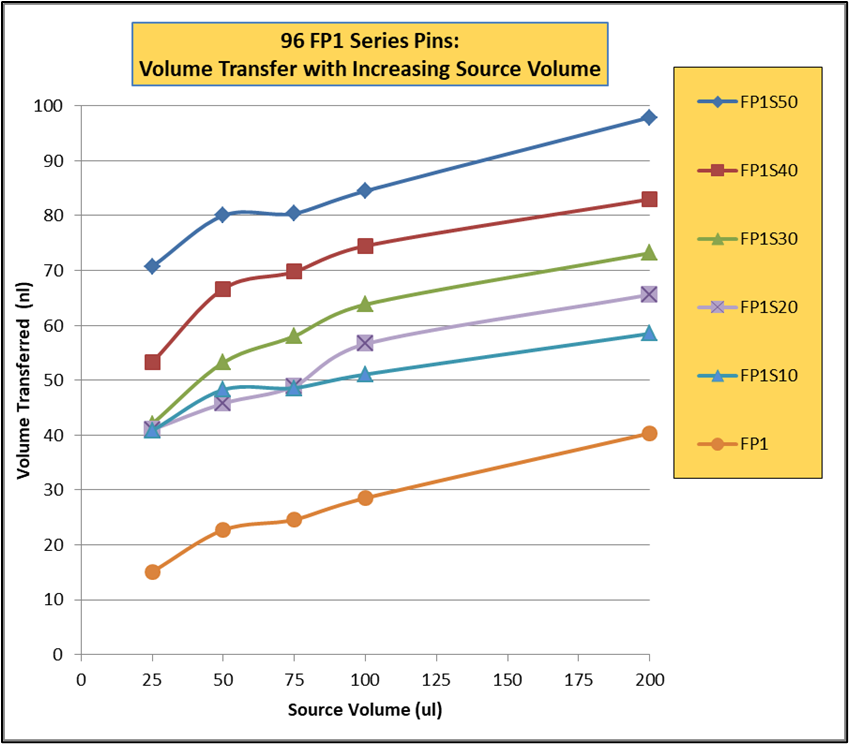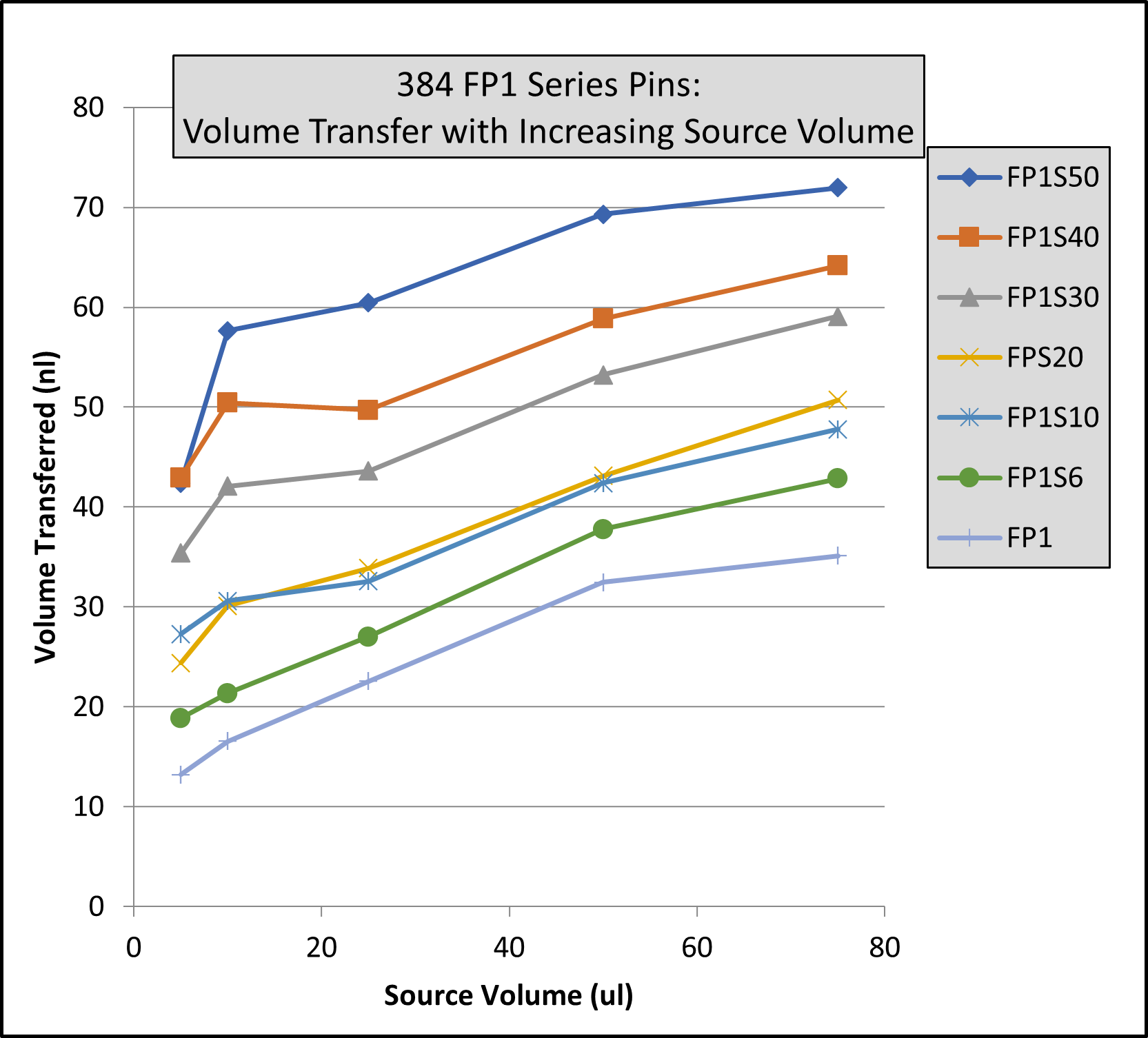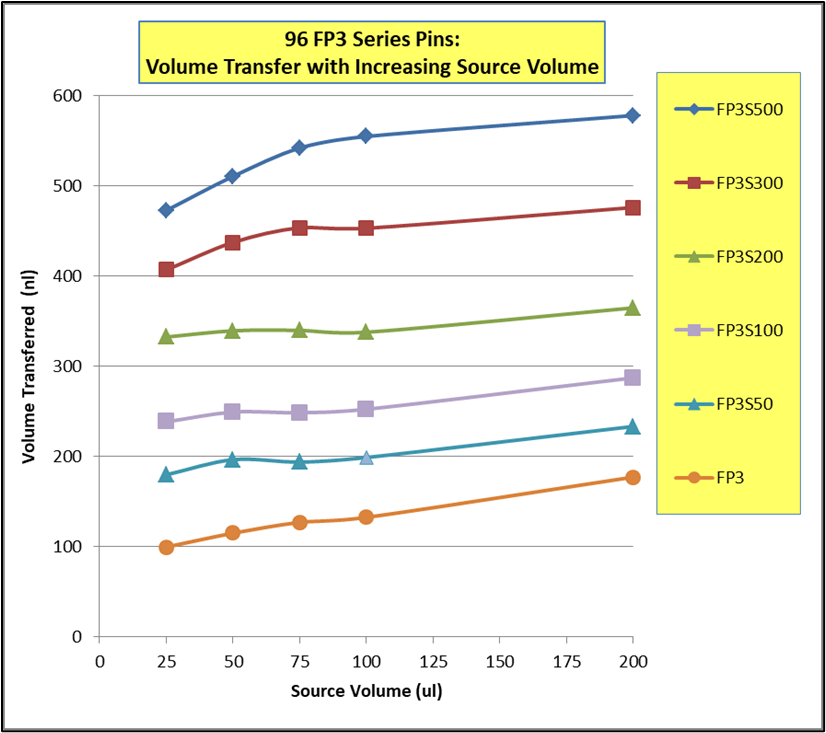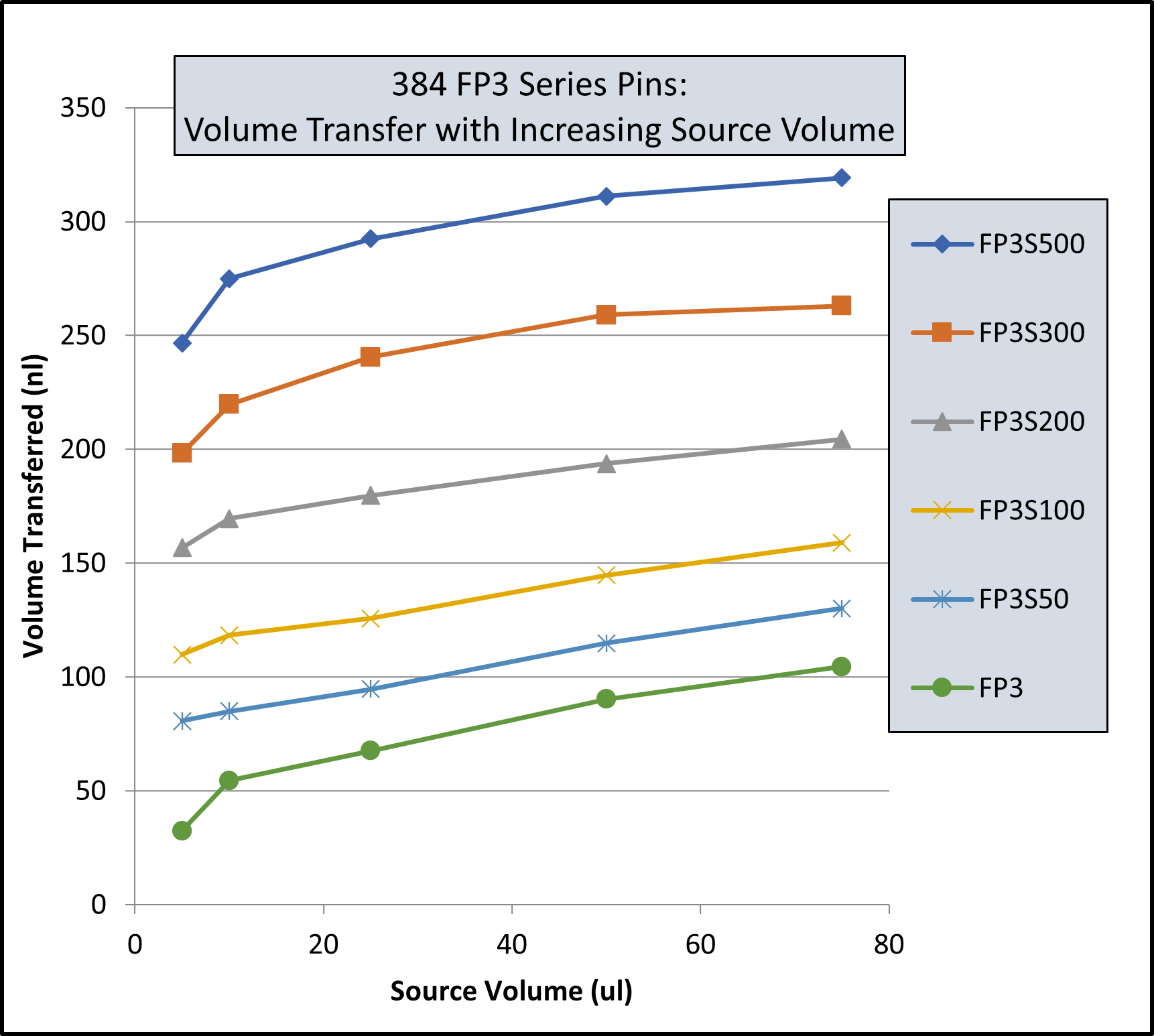Guest Author: John Herich- Senior Technical Scientist, Novo Nordisk
Introduction
Running cell-based assays for drug discovery projects often requires adding cells in suspension to 96, 384, or 1536 well microplates. Typically, a volume of 50 to 100 µl is used for 96-well microplates. Typically, a volume of 25 to 50 µl is used for 384 well plates. Typically, a volume of 4 to 10 µl is required for 1536 well plates. The dispensing of cells into microplates requires that they are continuously stirred so that they don’t settle during pipetting. It is important that the cell transfer is consistent from well to well and across multiple plates. Keeping cells in suspension with a magnetic stir bar can be challenging as the stir bar will cause the cells to congregate away from the vortex as well as shearing the cells caught between the vessel bottom and the stir bar.


V&P Scientific has developed a line of stir devices called SpinVessels® which work without a magnetic stir bar. These devices keep cells in suspension without reducing viability by using a Pulsed Radial Flow™ technology. I tested 5 of these devices using a Human Embryonic Kidney Cell line used in recombinant protein research: FreeStyle 293-F cells diluted in FreeStyle 293 Expression Medium. Cell counts and viability were determined using the Chemometec Via1-Cassette™ together with the NucleoCounter® NC-200™. In order to determine viability and cell concentration, a sample containing cells in suspension was drawn into the Via1-Cassette™. The inside of the Via1-Cassette™ is coated with two different dyes, staining the entire population of cells and the non-viable cells, respectively. The volume of each Via1-Cassette™ has been calibrated to give a high precision of the resulting count.
The V&P Scientific SpinVessels®
- VP 418SV1-1-350RB (Replaced by VP 418SV3-1-350RB-CC) + VP830SV-350RB
- VP 418SV1-1-300FB (Replaced by VP 418SV2-1-300FB-CC) + VP 830SV-300FB
- VP 418SV1-1-650FB (Replaced by VP 418SV2-1-650FB-CC) + VP 830SV-650FB
- VP 418SV1-1-850CB (Replaced by VP 418SV3-1-850RB-CC) + VP 830SV-850RB
- VP 418SV1-1-1200CB (Replaced by VP 418SV2-1-1L-FB-CC)+ VP 830SV-1-1200CB (Replaced by VP 830-1L-FB)
The results from using 5 different SpinVessels® that were 50% filled with a suspension of 293-F cells and mixed by pulsed radial flow for 3 hours at a speed setting of 155 RPM and reversing direction after 3 rotations are shown below along with the initial count of the cells prior to starting the mixing. The 5 different SpinVessels® all have different shapes (flat bottoms versus conical bottoms) and hold different volumes of liquid.
Effect of Pulsed Radial Flow™ Mixing for 3 Hours in 5 Different SpinVessels® Using Human Embryonic Kidney Cells
| Treatment | Number of 293-F Cells/ml | % Viable Cells |
|---|---|---|
| Initial Count | 420,000/ml | 97.8% |
| Spinning in VP 830SV-1-350RB | 410,000/ml | 98.0% |
| Spinning in VP 830SV-1-300FB | 420,000/ml | 97.1% |
| Spinning in VP 830SV-1-650FB | 430,000/ml | 96.9% |
| Spinning in VP 830SV-1-850CB | 450,000/ml | 96.7% |
| Spinning in VP 830SV-1-1200CB | 500,000/ml | 98.3% |
Note that the number of viable cells in the first 4 SpinVessels® were nearly identical and that the cell counts in the 5th SpinVessel® VP 830SV-1-1200 actually went up significantly; this could be due to breaking up clumps of cells during the course of mixing.
The V&P Scientific SpinVessels® keep cells in uniform suspension without causing cell death. Very little frothing is created when mixing at 155 RPM.


Ability of Pulsed Radial Flow™ in a VP 830SV-650FB SpinVessel® to Resuspend Settled Human Embryonic Kidney Cells
| Initial Count | 760,000/ml | 96.0% |
| After 2 hours of Pulsed Radial Flow® | 740,000/ml | 97.0% |
| After no Pulsed Radial Flow® for 30minutes | 14,000/ml | 97.5% |
| After 5 minutes resuming Pulsed Radial Flow® | 720,000/ml | 96.5% |
 SpinVessel® VP 830SV-650FB showed some frothing at speed setting of 155 RPM and 3 rotations between reversal of spin direction after running for 2 hours.
SpinVessel® VP 830SV-650FB showed some frothing at speed setting of 155 RPM and 3 rotations between reversal of spin direction after running for 2 hours.

SpinVessel® VP 830SV-650FB showed significantly more frothing at a speed setting of 200 RPM and 1 rotation between reversal of spin direction for 2 hours.
SpinVessel® VP 830SV-650FB was used in conjunction with a 12 channel pipettor where each pipet tip is spaced 9 mm apart to see if the cell suspension was evenly represented across the vessel. This was done at speed setting 155 RPM and 3 rotations before reversal of spin direction.
Horizontal uniformity of cell suspension after 2 hours of Pulsed Radial Flow™ in a VP 830SV-650FB SpinVessel® from samples collected with a 12-channel pipet of Human Embryonic Kidney cells:
| Treatment | Number of 293F Cells/ml | % Viable Cells |
| Initial Count | 620,000/ml | 96.1% |
| Channel 1 | 630,000/ml | 95.3% |
| Channel 2 | 650,000/ml | 96.7% |
| Channel 3 | 680,000/ml | 95.8% |
| Channel 4 | 630,000/ml | 96.0% |
| Channel 5 | 640,000/ml | 95.5% |
| Channel 6 | 610,000/ml | 96.6% |
| Channel 7 | 670,000/ml | 95.9% |
| Channel 8 | 590,000/ml | 95.7% |
| Channel 9 | 620,000/ml | 97.0% |
| Channel 10 | 650,000/ml | 95.6% |
| Channel 11 | 590,000/ml | 96.7% |
| Channel 12 | 610,000/ml | 96.8% |
Conclusions:
V&P SpinVessels® can keep cells suspended for extended periods of time, without the need of a magnetic stir bar. The SpinVessel® can resuspend settled cells after only five or less minutes of Pulsed Radial Flow™. The devices do not cause a drop in cell viability. All of the SpinVessels® produce no or minimal frothing of cell growth media over several hours when used at speed settings of 155 RPM or below. The V&P SpinVessels® are an exceptional new invention for keeping cells uniformly suspended while they are transferred to microplates via a liquid handling device. The SpinVessels® provide an easy to use tool for improving cell based assays.






